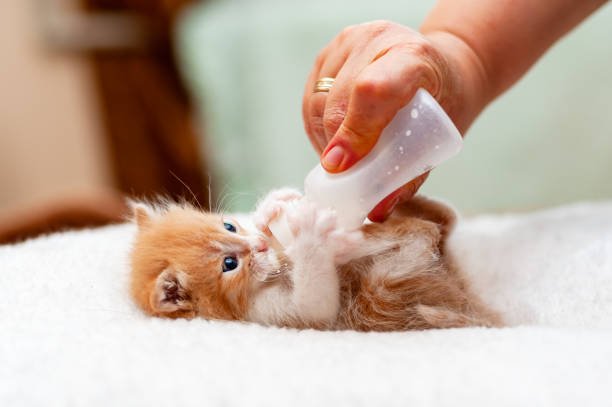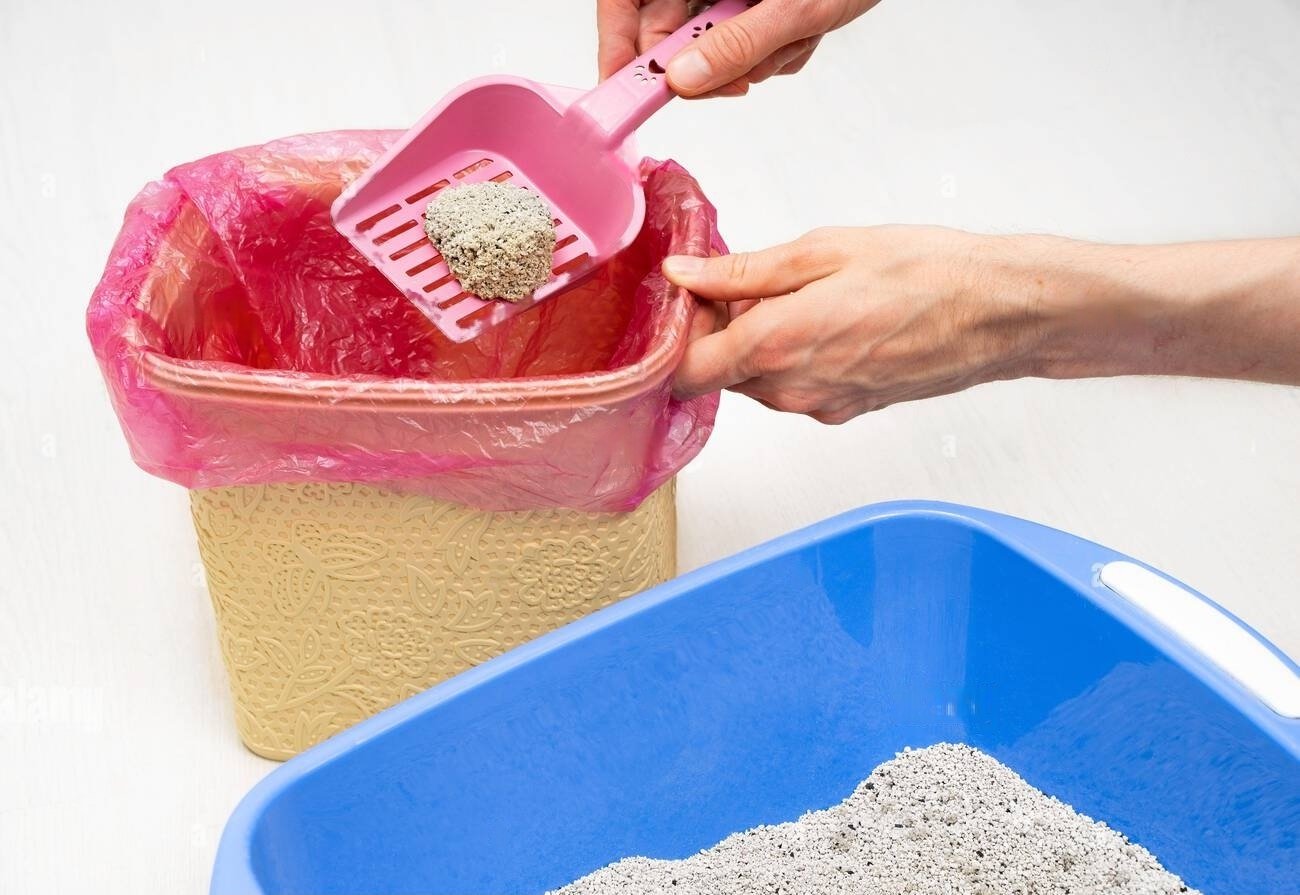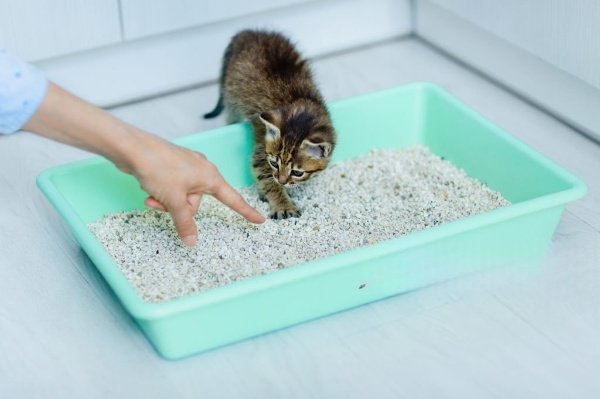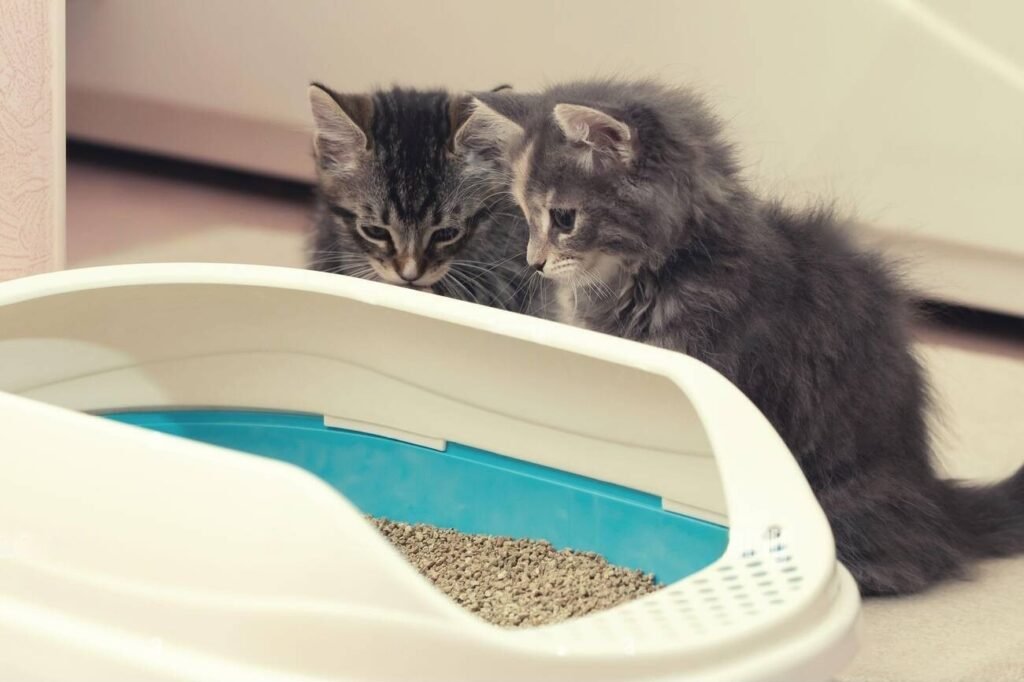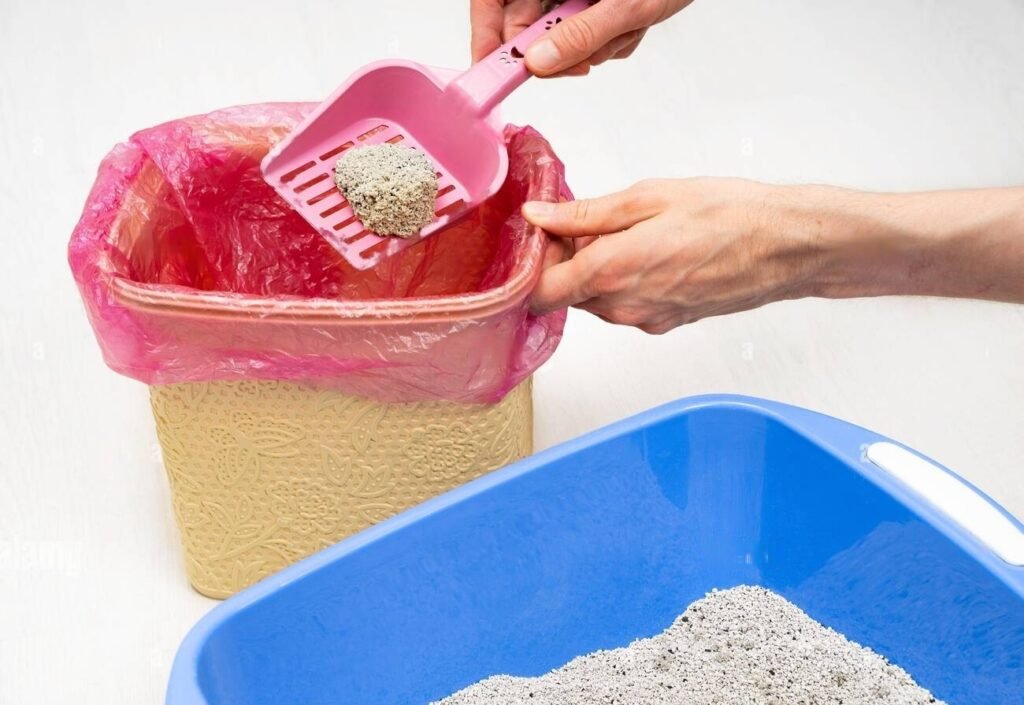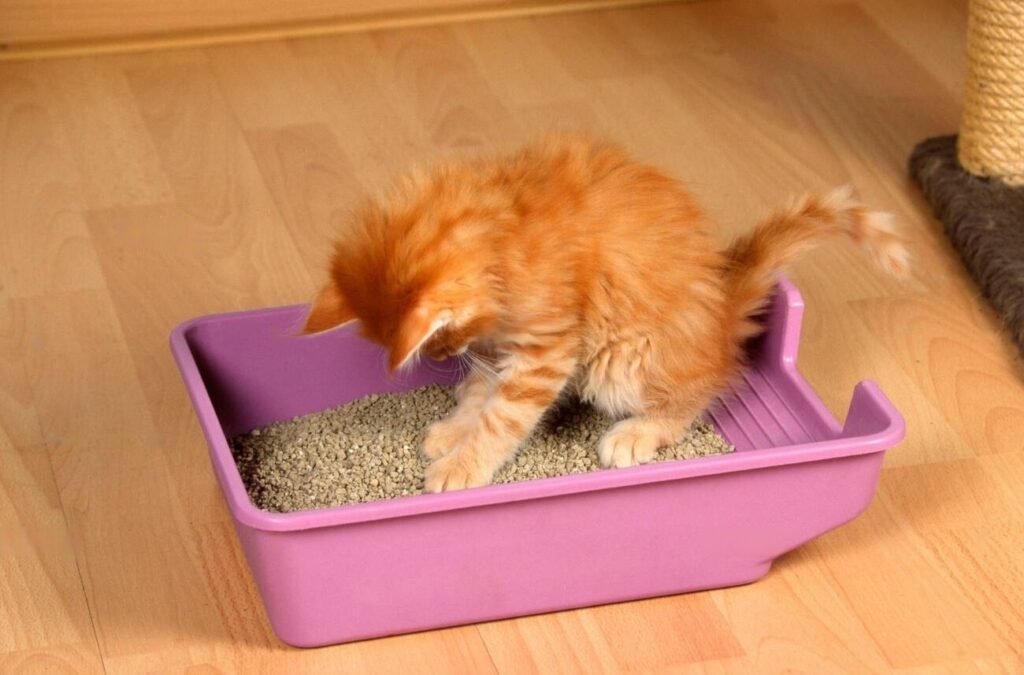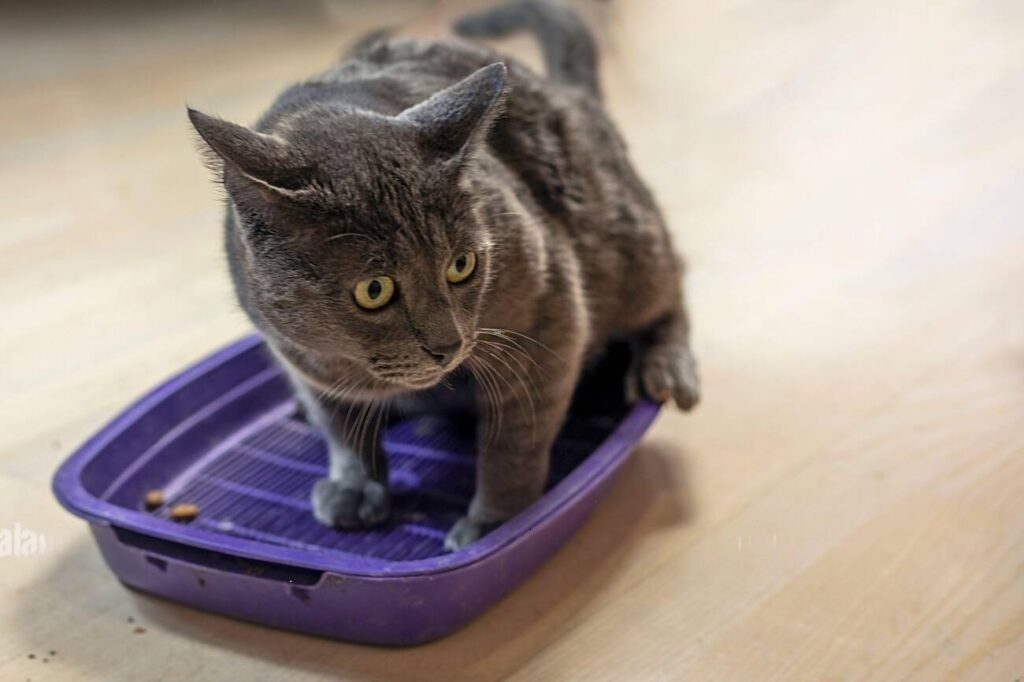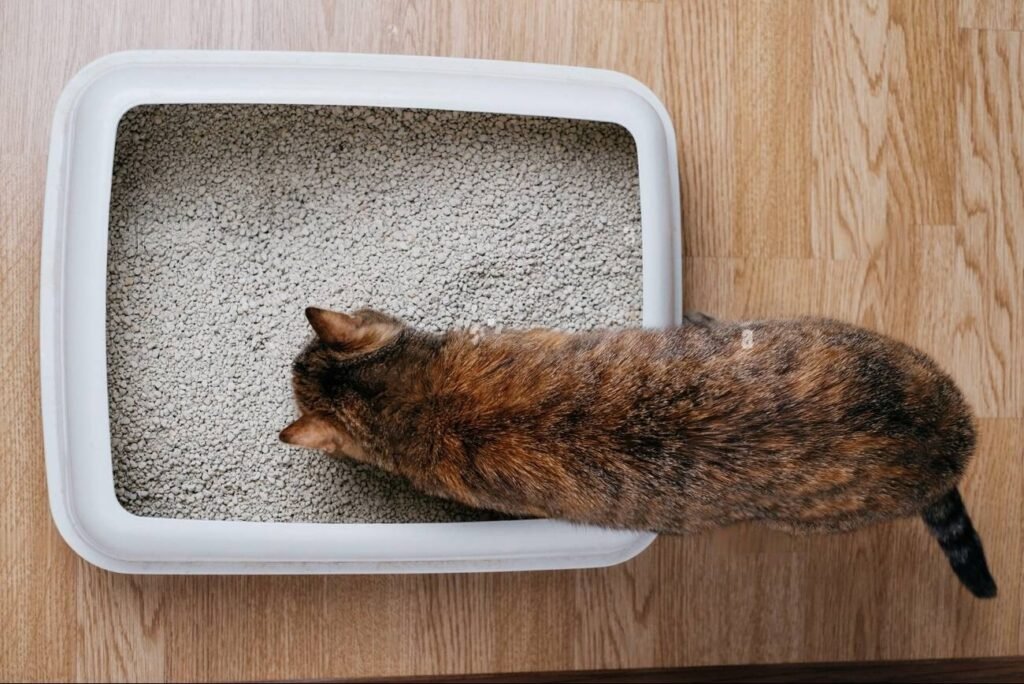Bringing a new kitten into your home is a delightful and thrilling experience. However, it also comes with responsibilities, one of the most important being litter training. If you’re wondering how to litter train a kitten fast, you’re in the right place. With the right approach and a bit of patience, you can have your kitten using the litter box in no time. In this article, we’ll walk you through seven straightforward steps to help you achieve quick and effective litter training for your new furry friend.
The Ideal Age to Start Litter Training

The best time to start litter training is when the kitten is around 3 to 4 weeks old. At this stage, kittens start exploring their surroundings and are more open to new experiences.
Step 1: Choose the Right Litter Box

Selecting the appropriate litter box is crucial for successfully litter training your kitten. Start with a small, open litter box that is shallow enough for your kitten to easily enter and exit. This will make it more inviting and less intimidating for your new pet.
Tips:
- Opt for a small, open litter box initially: A small, open box is less daunting for a kitten and easier for them to navigate.
- Place the litter box in a quiet, easily accessible location: Choose a quiet spot in your home where your kitten can feel safe and undisturbed. Accessibility is key to ensuring they use it consistently.
Step 2: Select the Best Litter

Kittens can be particular about the type of litter they prefer. Choosing a litter that is both safe and comfortable for them is essential for successful litter training.
Tips:
- Use unscented, clumping litter: Unscented litter is less likely to deter your kitten, and clumping litter makes it easier to clean up.
- Avoid using litters with strong fragrances or large granules: Strong scents can be overwhelming for kittens, and large granules can be uncomfortable on their tiny paws. Opt for fine, soft litter instead.
Step 3: Introduce the Kitten to the Litter Box

Introduce your kitten to the litter box by placing them inside it several times a day, particularly after meals and naps. This helps them learn where they should go.
Tips:
- Gently scratch the litter to demonstrate its use: This action shows your kitten what the litter is for and encourages them to mimic your behavior.
- Keep the litter box in the same spot initially to avoid confusion: Consistency in location helps your kitten quickly learn where to find their litter box.
Step 4: Maintain a Clean Litter Box

Kittens are more likely to use a clean litter box, so regular maintenance is essential.
Tips:
- Scoop the litter box daily: Removing waste daily keeps the litter box clean and inviting for your kitten.
- Change the litter completely once a week: Refreshing the litter weekly helps maintain a hygienic environment and prevents odors.
Step 5: Monitor Your Kitten’s Behavior

Pay attention to signs that your kitten needs to use the litter box, such as sniffing or scratching the ground.
Tips:
- Guide them to the litter box if they seem restless: If you notice your kitten looking for a place to go, gently place them in the litter box.
- Praise them when they use it correctly: Positive reinforcement, like gentle praise or a small treat, helps your kitten understand that using the litter box is the right behavior.
Step 6: Handle Accidents Properly

It’s normal for accidents to happen during the training process. It’s important to clean them up quickly and thoroughly to prevent your kitten from making the same mistake.
Tips:
- Use an enzymatic cleaner to remove all traces of odor: These cleaners break down the organic compounds in the urine, removing the scent completely and discouraging repeat accidents.
- Never punish your kitten for accidents; instead, gently redirect them to the litter box: Punishment can create fear and confusion. Instead, calmly place your kitten in the litter box after an accident to reinforce where they should go.
Step 7: Gradually Move the Litter Box

Once your kitten is consistently using the litter box, you can slowly move it to a more permanent location if needed.
Tips:
- Move the box a few inches each day: Gradually shifting the litter box helps your kitten adjust to the new location without getting confused.
- Ensure the final location is still easily accessible for your kitten: Make sure the new spot is easy for your kitten to find and reach, to maintain their good litter habits.
Conclusion
Learning how to litter train a kitten fast doesn’t have to be a daunting task. By following these seven essential steps, you can facilitate a smooth transition for your furry friend. It’s important to remember that patience and consistency play crucial roles in their learning journey. With a little time and effort, your kitten will quickly adapt to their new routine, making both your lives easier. Happy training, and enjoy the special bond that comes with caring for your new companion!
Read our recent article about When is kitten season?









